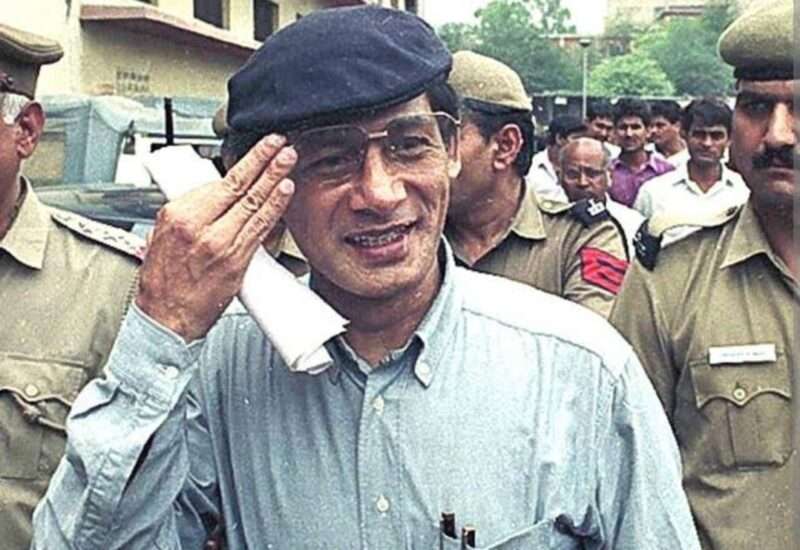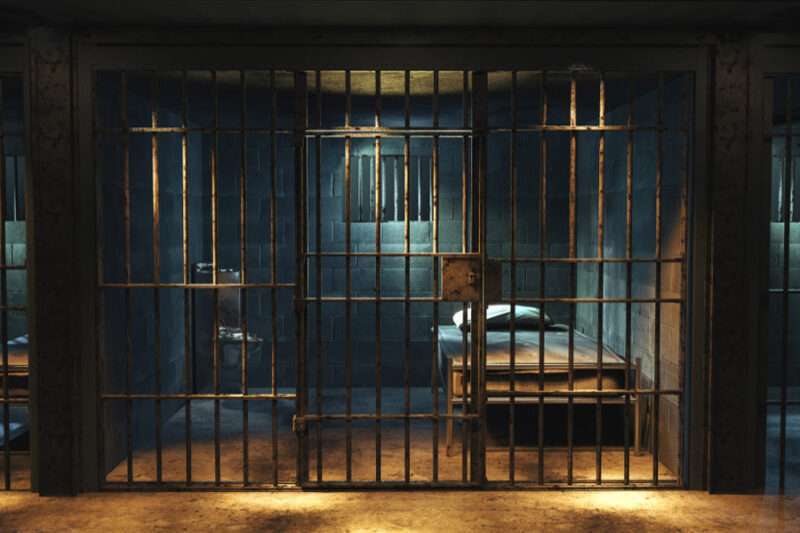The Audacity Of Gangsters In Delhi Nowadays, Delhi Police Remains Baffled!

The Audacity of Gangsters in Delhi Nowadays, Delhi Police Remains Baffled, Action Comes To A Halt.
Before we come to real life, let us, for the sake of convenience, go to the reel life first, for in this overcrowded imagination of a country, the reel life ends up deciding real life. And just like our lives go through phases, so did our Hindi cinema in the 50s, the 60s, and the 70s. Let us have a quick look at all three phases.
The Rustic 50s.
In the 1950s, the leading man was a rustic peasant chasing his damsel through chaste gestures. If his father disapproved, he left her and then mournfully sang ballads under his damsel’s window in a very Guru Dutt style.
The Flamboyance of the 60s.
The 1960s were changed. Heroes like Dev Anand and Shammi Kapoor were now flirting directly, wearing the latest clothes, and nurturing the playboy image. They thought ballads were a relic from the past century.
The Hard Edged 70s.
But in the 70s, the never-before-seen type of leading man emerged, and the public went hysterical. In a deep, gruff baritone, a curling serpent’s smirk visible on the face and a direct intention to bend the status quo because it had never been done before, came Amitabh Bachchan, always named Vijay in movies like Deewar, Sholay, Trishul, Jurmana etc.
If the hopeless romantics had found ways to impress their lovers by carefully observing the gestures of Shammi Kapoor, the middle class that has always been sandwiched between the rich and poor class, found the explosion of their frustrations each time Amitabh Bachchan said a rebellious one-liner on screen.

But while on-screen, he had the Robin Hood image down to a pat; the audience failed to notice one thing: he was making his own whims a law by breaking the real, mandated law.
They may have failed to notice it because he always wore expensive outfits with the trendiest glasses and had a way with words, which is how the humanizing of crime started. The 1970s were the days of the actual mafia as well. The D-Company would establish itself by the time the 1980s came into being, providing ample fodder for movies and books to be written.
How did the epicentre of Crime shift from Mumbai to Delhi?
Now that the D-Company has become old hat and India has far more pressing issues than what is happening in Dongri, all of that romanticizing of crime has been transferred very nicely to the capital, Delhi, especially the Northeastern part of it.
It is not uncommon to go to the Red Line Metro area in Delhi and discover that your wallet has been picked up or that your phone was snatched in broad daylight, or you were stabbed and mugged.
Many a time, these crimes in Delhi, often perpetuated by juveniles, reveal a very common pattern: they are usually habitual offenders who are often opium alcohol addicts, frequently have no parents or the parents, are dirt poor, are completely apathetic to what their child is doing, and the other reason that comes up while these delinquents are questioned is, that the reel life gangsters inspire them.
Mr Bachchan does not get any blame for it; his movies are all over five decades old, and the films that are often quoted are some Southern hits where the audience has not tired of the antihero character type. Since these movies are very easily available on YouTube dubbed, the crime rate has since gone higher.
Jails are often mismanaged. In the late 80s, using the pretext of his birthday, Charles Sobhraj, the infamous conman-serial killer better known as The Serpent, distributed sedative-laced laddus and broke out of jail in broad daylight with snake-like ease, living up to his sobriquet. It is unlikely that another Sobhraj will pop up soon.

The inefficiency of Tihar jail, run by the Department of Delhi Prisons.
Tihar Jail in Delhi, one of India’s sternest jails, has the biggest flaw, which is letting gangs run amok, which is the jammer technology. In security and defence areas, a jammer device is installed to block and intercept any communication owing to security reasons.

But the gangs in Delhi prison have found another way to circumvent this law, just as they have circumvented the law of living- 5G sims.
5G is the latest technology in India, and the reason it assists many criminals, without naming any names, in ordering hits, smuggling, and other ventures is that it is jammer-free.
The jammers that have been installed are not yet advanced enough to detect the signals that are given out by 5G sims, so even in jail, right under the noses of the wardens and superintendents, the criminals still manage to rule the roost.
The old reason is that many of these criminals have high connections, so they always have an invisible shield. Since they soften the wardens by buying their silence, a blind eye is turned to whatever machination is being hatched.
Conclusion
Will we rectify the situation only when the juvenile has become a hardened criminal?
The answer is no, the problem needs to be nipped right at the teenage level, which is when these activities start taking place, by spreading awareness through movies that now give the good guy a happy ending, he has been neglected for too long.




